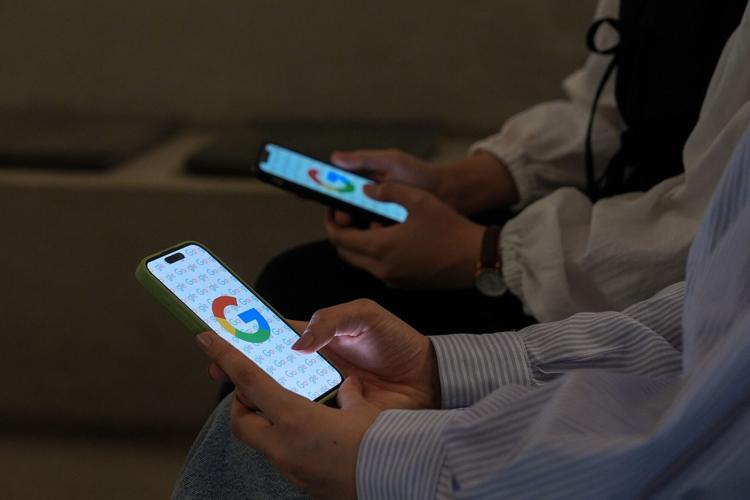
Google’s New AI Tool Responds to Image Prompts Instead of Text
Google is once again pushing the boundaries of artificial intelligence with its latest innovation—an AI tool that generates responses based on image prompts instead of traditional text input. This groundbreaking feature allows users to upload pictures and receive relevant information, insights, or even AI-generated content tailored to the image. While this shift opens new possibilities for creativity and productivity, it also raises questions about privacy, accuracy, and potential misuse.
Unlike text-based AI chatbots like ChatGPT or Google’s own Bard (now Gemini), this new AI tool allows users to upload an image as a query. Instead of typing a question, users can show the AI what they’re curious about. The system then analyzes the image, identifies key elements, and generates contextually relevant responses.
For example, users can:
1) Upload a picture of a landmark to get historical and travel information.
2) Share a photo of an unknown gadget and receive details on what it is and how to use it.
3) Use an image of a damaged appliance to find repair suggestions.
4) Show a sketch or design and ask for creative improvements.
Google’s AI combines advanced image recognition with natural language processing to interpret visual data and provide meaningful responses, making it a step forward in multimodal AI capabilities.
This shift from text to image-based queries represents a major leap in AI-human interaction. Instead of relying on users to describe something with words (which can be challenging in certain situations), Google’s AI can "see" what the user sees and respond accordingly. This is particularly useful in areas such as:
1) Education: Students can upload diagrams or handwritten equations for explanations.
2) Shopping: Users can find similar products or accessories by simply snapping a picture.
3) Healthcare: People can take images of skin conditions and receive possible matches (though not medical diagnoses).
4) Creativity: Artists and designers can generate AI-assisted enhancements or alternative interpretations of their work.

Despite its exciting possibilities, this new AI tool raises important concerns:
1) Privacy Issues: Image-based queries mean users may be unknowingly sharing personal data, location details, or sensitive information with Google’s AI.
2) Misinformation Risks: AI-generated responses based on images could lead to misinterpretations, especially in critical areas like health or legal matters.
3) Bias in AI Vision: AI systems have struggled with biases in image recognition, potentially leading to incorrect or misleading responses based on certain demographics or contexts.
4) Deepfake and Content Manipulation: With AI becoming more image-driven, concerns about fake visuals, AI-generated misinformation, and altered content are growing.
Google has emphasized that safety and transparency will be core components of this AI tool. The company is expected to implement strict data handling policies, watermark AI-generated content, and ensure ethical AI development. However, as with any emerging technology, the real test will be in how users interact with it and what unforeseen issues arise.

Google’s move towards image-driven AI interactions is a significant evolution in how we use AI. While it offers exciting opportunities for convenience and efficiency, it also comes with new challenges that need careful oversight. As AI becomes more integrated into everyday life, balancing innovation with ethical responsibility will be crucial.

















